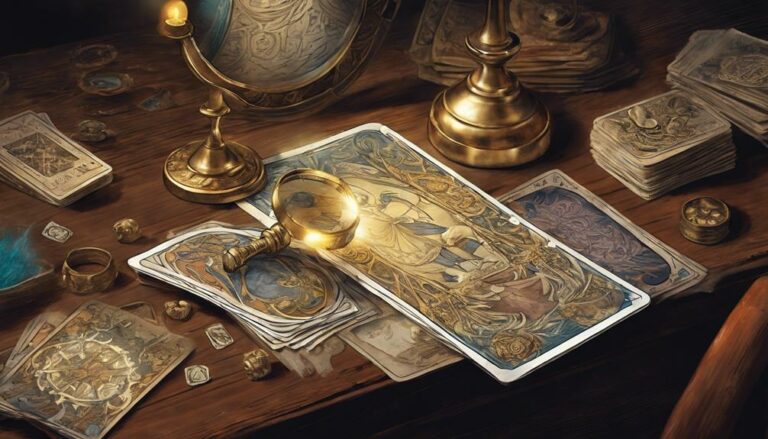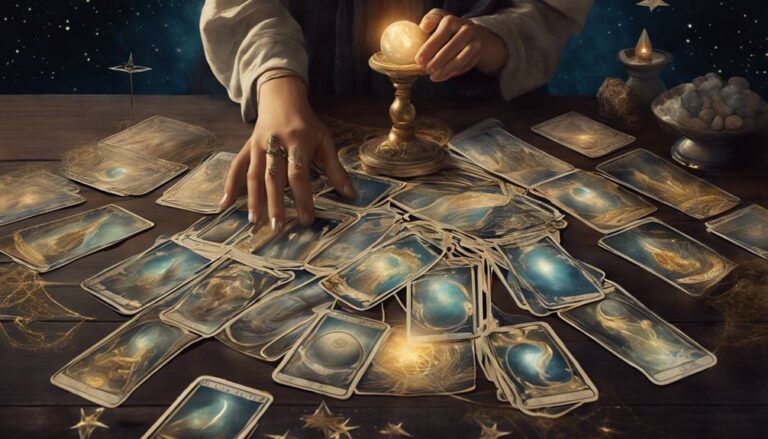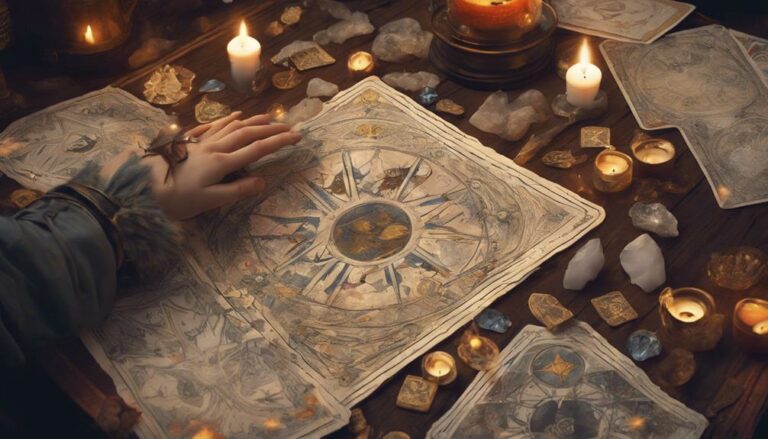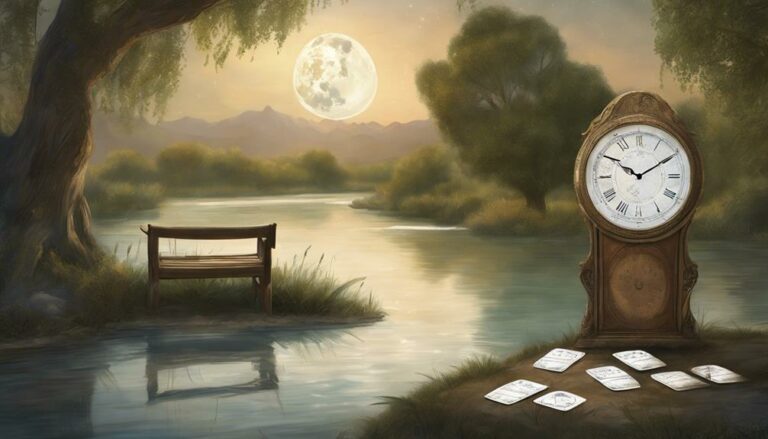When it comes to the world of tarot card artistry, symbolism plays a vital role, providing a pathway to deeper understanding and self-reflection. Artists skillfully incorporate intricate details and thoughtful color choices to infuse these mystical cards with layers of meaning.
This critical analysis delves into the intricate tapestry of symbolism found in tarot card artistry, examining the historical influences, the profound symbolism of the Major and Minor Arcana, the significance of color, numbers, elements, animals, and cultural references.
Get ready to embark on an enlightening journey of interpretation and revelation.
Table of Contents
ToggleHistorical Influences in Tarot Artwork
Historical influences have played a significant role in shaping the artwork found within Tarot cards. One of the most notable influences can be traced back to the Renaissance era, a time of cultural and artistic transformation. During this period, artists focused on realism, perspective, and human anatomy in their works. These artistic principles influenced the artistry of Tarot cards, resulting in more realistic depictions of the figures and scenes portrayed.
Additionally, the symbolism found in medieval Tarot decks reflects the beliefs and values of that time. Symbols like the Chariot, the Tower, and the Wheel of Fortune carry deep cultural meanings and were used to convey important messages to viewers.
The influence of Renaissance art and the symbolism in medieval Tarot decks continue to shape the artwork found in Tarot cards, making them visually captivating and thought-provoking for those exploring their own psyche.
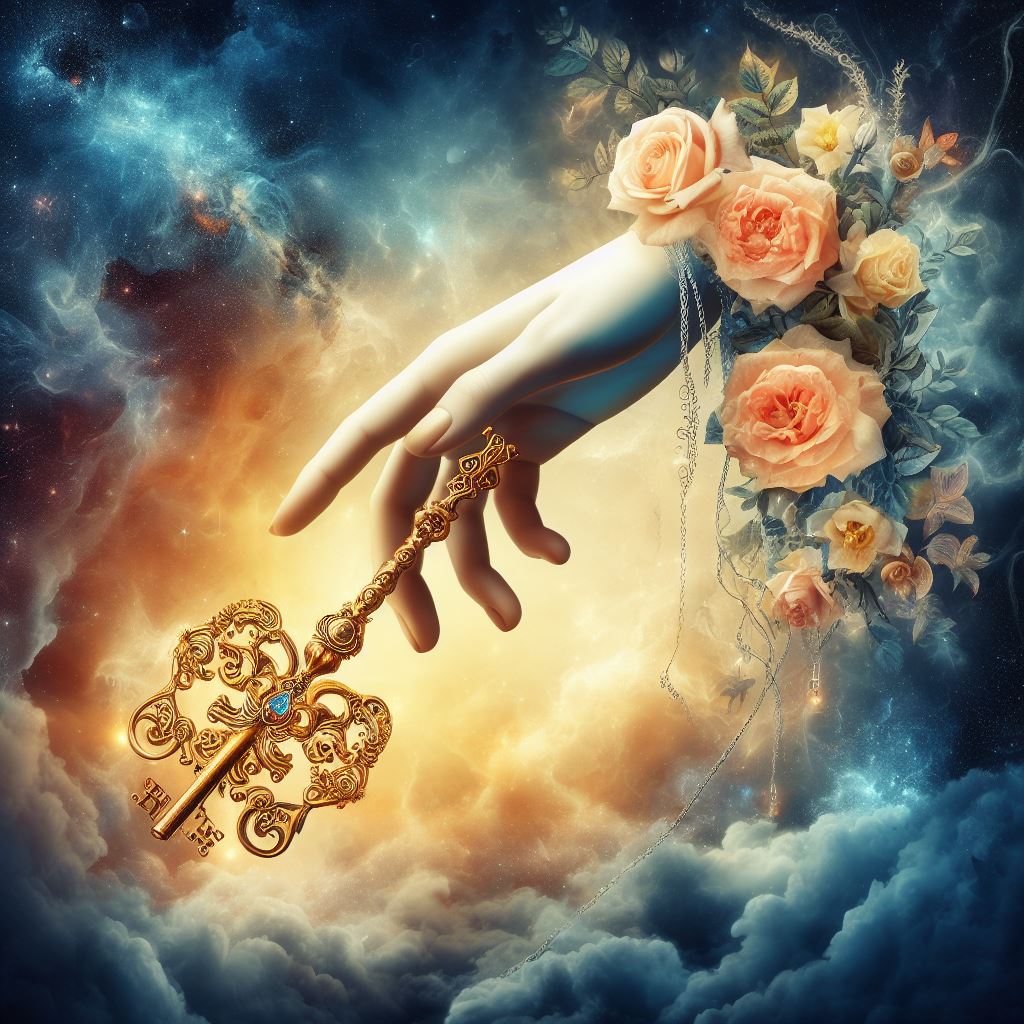
Major Arcana Symbolism in Tarot Art
The Major Arcana of Tarot cards is filled with symbolism that holds deep meaning and serves as a visual tool for self-reflection and divination. These cards draw upon various cultural and historical influences, making them rich in mythology.
For example, The Fool card represents new beginnings and embarking on a journey, drawing inspiration from the archetype of the fool or trickster. The Death card symbolizes transformation and rebirth, reflecting the psychological interpretation of death as a necessary part of personal growth and change.
The infusion of mythology in these cards adds layers of depth and universality to their meanings, allowing individuals to connect with archetypal energies and tap into the collective unconscious. Understanding the psychological interpretation of the Major Arcana provides a framework for exploring the depths of the human psyche and appreciating the transformative power of the symbols depicted in Tarot art.
Minor Arcana Symbolism in Tarot Art
The symbolism found in the Minor Arcana of Tarot art adds depth and nuance to the exploration of the human psyche and the understanding of archetypal energies. The symbols within the cards provide meaning that can be interpreted to gain insight into our lives and experiences.
In the realm of minor arcana symbolism, we encounter a variety of intriguing elements. Let’s explore the hidden messages and uncover the meaning behind these symbols:
- Suits: Each suit in the minor arcana represents a different aspect of life, such as emotions, intellect, actions, or material possessions. The symbols within these suits further define and enhance the meaning behind the cards.
- Numerology: The numbers depicted on the cards hold significance and contribute to the overall interpretation. Each number carries its own energy and adds depth to the symbolism.
Color Symbolism in Tarot Card Design
In the world of Tarot card design, the use of color symbolism is essential for conveying deeper meanings and evoking specific emotions. By incorporating principles from color psychology, Tarot card artists strategically choose colors to enhance the symbolism and impact of their designs.
The selection of colors in Tarot card design is purposeful and intentional, rather than arbitrary. Each color holds its own symbolic significance and represents different aspects of the human experience. For instance, red often signifies passion, energy, and action, while blue may symbolize wisdom, serenity, and intuition.
Artists have the freedom to interpret color in Tarot card design in various ways, resulting in a rich tapestry of meanings and associations. The combination of colors in a card can create a harmonious or contrasting effect, further heightening the visual and symbolic impact.
Understanding the symbolism of colors in Tarot card design allows readers to delve deeper into the messages and themes conveyed by the cards. This deeper understanding leads to more profound and meaningful interpretations of the Tarot.
As Tarot card design continues to evolve, the deliberate use of color symbolism remains a powerful tool for connecting with the subconscious and unlocking hidden meanings.
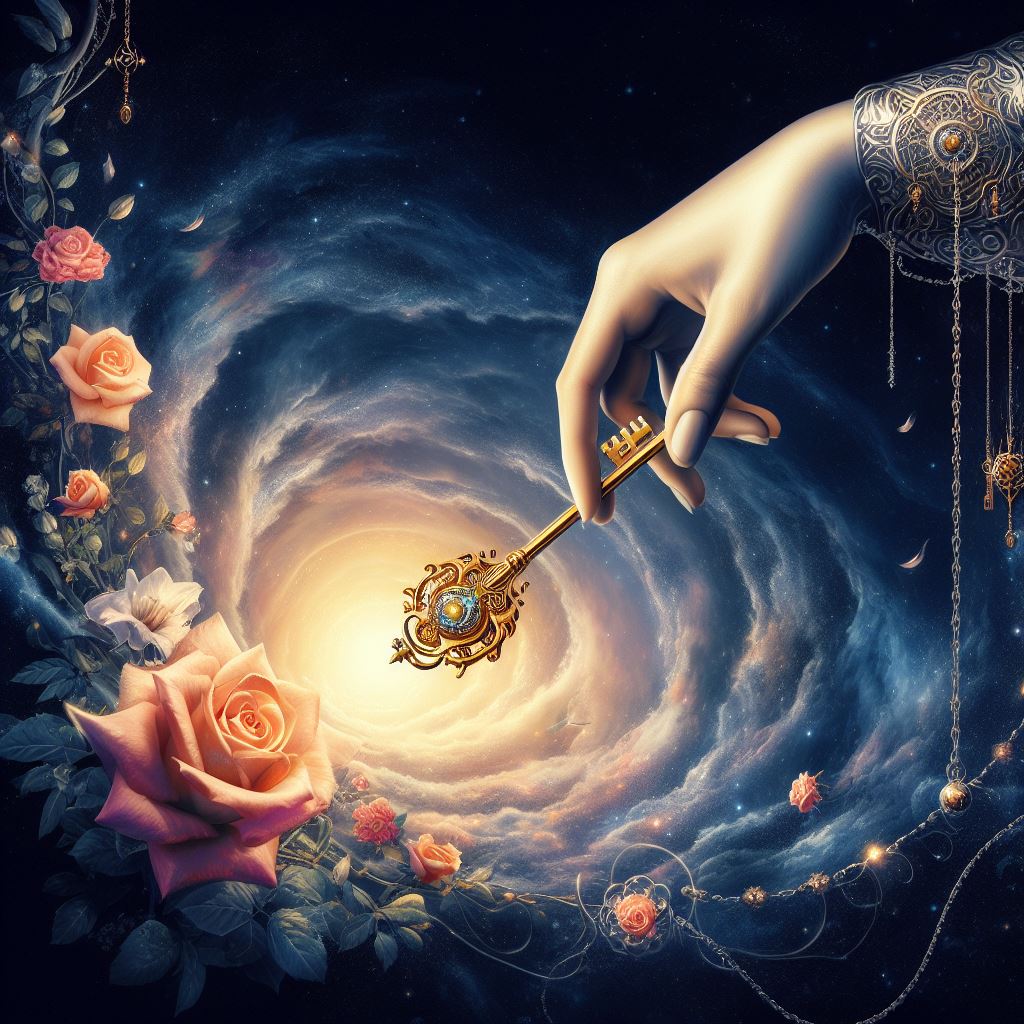
Numerical Symbolism in Tarot Card Art
The art of Tarot card design incorporates numerical symbolism to convey its intricate messages. Each number on the cards holds a unique meaning, serving as a valuable tool for interpretation. By analyzing the numerical symbolism, tarot readers can unlock hidden insights and delve deeper into the cards’ messages.
Numbers play a significant role in the world of Tarot, carrying profound significance. Let’s explore the power of numerical symbolism through two sub-lists:
- Major Arcana:
- The Fool (0) represents limitless potential and the beginning of a new journey.
- The Magician (1) symbolizes individuality and the power of manifestation.
- Minor Arcana:
- The Two of Cups signifies harmony and partnership.
- The Eight of Pentacles represents dedication and mastery of skills.
Interpreting numerical symbolism allows tarot readers to gain a deeper understanding of the cards’ meanings and unravel the hidden secrets within the art. By grasping the hidden messages conveyed through numerical symbolism, individuals seeking spiritual guidance can gain valuable insights for their personal journeys. As the numbers on the cards come to life, they offer a pathway to self-discovery and enlightenment.
Elemental Symbolism in Tarot Artwork
The use of elemental symbolism in Tarot artwork adds depth and meaning to the intricate designs of Tarot cards. By incorporating elements such as earth, air, fire, and water, Tarot artists can convey specific symbolism and energy within each card.
Earth symbolism in Tarot represents stability, grounding, and material wealth. It signifies a solid foundation and the tangible aspects of life.
Air symbolism, on the other hand, relates to intellect, communication, and new ideas. It represents the power of the mind and the exchange of thoughts and information.
Fire symbolism in Tarot is associated with passion, creativity, and transformation. It represents the spark of inspiration and the ability to bring about change.
Water symbolism, on the other hand, embodies emotions, intuition, and the subconscious. It represents the depths of the human psyche and the realm of feelings.
By recognizing and interpreting these elemental symbols in Tarot cards, readers can gain valuable insights into various aspects of life and the human experience. For example, the presence of earth symbolism may indicate stability and abundance, while fire symbolism could suggest a need for transformation or the presence of intense emotions.
Understanding elemental symbolism enhances the reader’s ability to provide meaningful and insightful interpretations during Tarot readings.
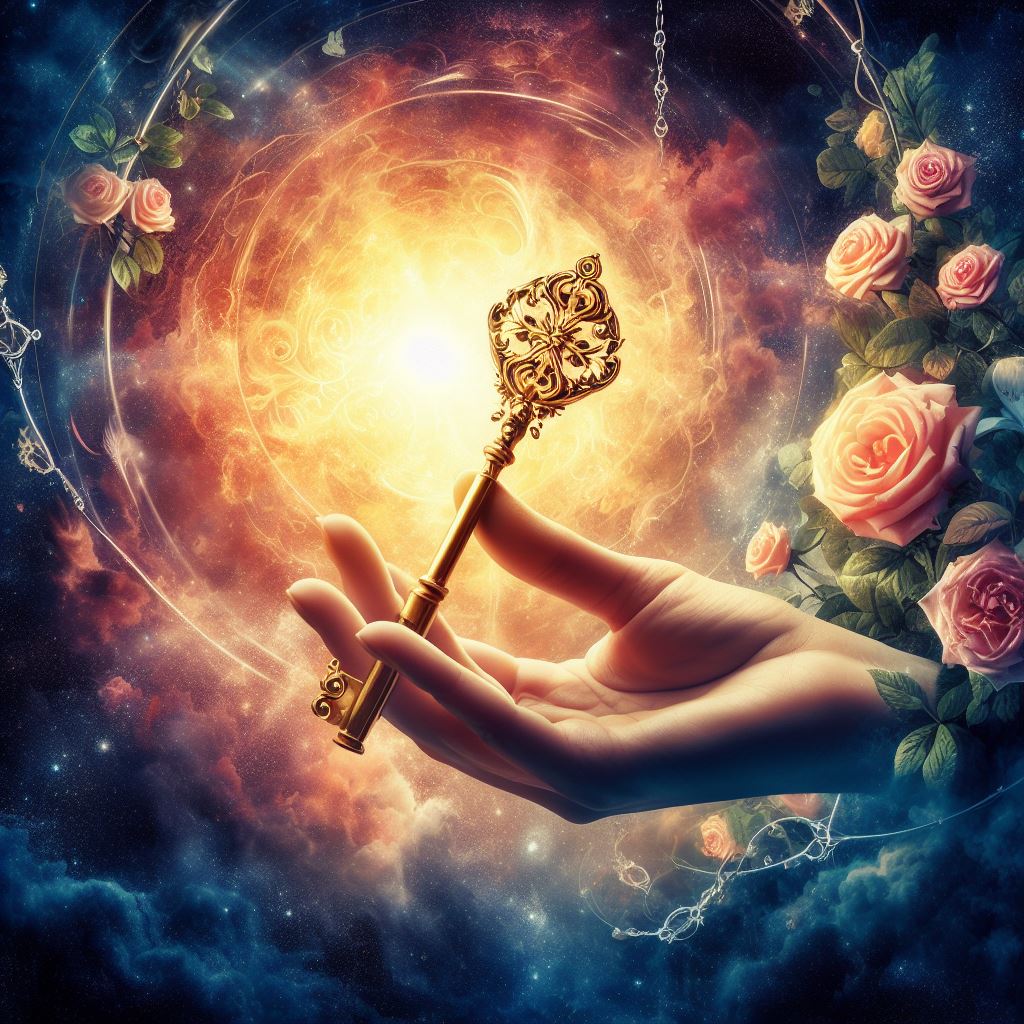
Animal Symbolism in Tarot Card Art
Animal symbolism in Tarot card art is highly significant as it adds depth and layers of meaning to the overall interpretation. Animals have long been revered and associated with specific qualities and characteristics in various cultures, which enriches their symbolic representation in Tarot cards.
Significance of Animal Representation
The use of animal symbolism in tarot card art is highly significant as it adds depth and layers of meaning to the interpretation of the cards. Animals have been revered as powerful symbols in various cultures, each with its own unique cultural significance. In the realm of tarot, different animals are associated with different qualities and characteristics, which can greatly assist in understanding the cards.
Let’s explore two important aspects of animal representation in tarot card art:
- Cultural Significance of Animal Representation:
Animals hold symbolic meanings in diverse cultures. For instance, ancient Egyptian culture associates the snake with transformation and rebirth, while Native American cultures view the owl as a symbol of wisdom and intuition. By incorporating these culturally significant animal symbols, tarot card artists tap into the collective unconscious and open up a wider range of interpretations.
- Animal Symbolism in Different Tarot Decks:
Different tarot decks may assign different animals to the same cards, based on the artist’s interpretation and intended symbolism. This allows for unique interpretations and a diverse range of perspectives on the same cards. The choice of animals can vary, enriching the reading experience and inviting the audience to delve into the depths of their subconscious, connecting with the universal symbolism that transcends cultures.
Cultural Interpretations of Animals
Cultural interpretations of animals in tarot card art provide valuable insights into the symbolic meanings associated with different creatures. Animal representation in tarot cards can vary across cultures, reflecting their unique beliefs, values, and mythologies. These interpretations offer a deeper understanding of the human-animal connection, revealing the archetypal qualities associated with specific animals.
To illustrate the diverse cultural interpretations of animal symbolism in tarot card art, let’s take a look at three commonly depicted animals and their associated meanings:
- Lion: In Western cultures, the lion is often seen as a symbol of strength, courage, and leadership.
- Phoenix: In Chinese culture, the phoenix represents rebirth, renewal, and immortality.
- Elephant: Hindu and Buddhist cultures associate the elephant with wisdom, loyalty, and power.
Exploring the cultural interpretations of animals in tarot card art allows individuals to gain a broader perspective on the symbolic language used in this ancient divination practice. This understanding enables a more nuanced interpretation of the cards, empowering individuals to tap into their inner wisdom and freely explore the depths of their subconscious.
Tarot Card Animal Associations
Tarot cards are known for their intricate artwork and the deep symbolism they represent. One fascinating aspect of tarot card artistry is the association between animals and their symbolic meanings. These associations provide profound insights into the hidden messages within the cards and allow us to tap into our subconscious and primal instincts. Understanding the animal symbolism in tarot readings can offer valuable guidance on our spiritual journey.
Animal archetypes play a significant role in tarot card interpretations. For example, the lion archetype represents strength, courage, and leadership. Similarly, the owl archetype symbolizes wisdom, intuition, and the ability to see beyond the surface.
Animal symbolism is also found in specific tarot cards. Take, for instance, The Fool card, which is often depicted with a small dog. This dog represents loyalty and companionship, reminding us that we are not alone on our journey. Another example is The Hierophant card, which often features two pillars and two elephants. These elephants symbolize stability, tradition, and wisdom, guiding us to seek knowledge from trusted sources.
By exploring these animal associations in tarot cards, we can gain a deeper understanding of the interconnectedness of all living beings and the wisdom they can share. It is through this understanding that we can unlock the guidance and insights that tarot cards provide on our spiritual path.
As we delve into the rich tapestry of animal symbolism in tarot, we open ourselves to a world of wisdom and interconnectedness that can enhance our spiritual growth.
Cultural Symbolism in Tarot Card Design
The use of cultural symbolism in tarot card design is a fascinating exploration of the influences and historical roots that shape the meanings and imagery of these cards. By incorporating symbols from different cultures, tarot decks offer a deeper understanding of universal themes and archetypes that resonate across societies and time periods.
This infusion of cultural symbolism not only adds depth to the artwork but also allows for a more nuanced interpretation of the cards’ messages. It is through the exploration of these symbols that we can unlock a treasure trove of insights and wisdom.
As renowned tarot reader Rachel Pollack once said, ‘Tarot is a language that speaks to the soul and transcends cultural boundaries.’
Cross-Cultural Tarot Symbolism
The use of diverse cultural symbols in tarot card design adds layers of meaning and depth to the artistry. Incorporating symbols from different cultures allows for a deeper exploration of tarot card readings, helping individuals connect with universal archetypes and tap into collective consciousness.
To fully appreciate the significance of cross-cultural tarot symbolism, it is important to consider the following:
- Global Perspectives: Drawing upon symbols from various cultures expands the tarot’s reach beyond regional boundaries, making it a more inclusive and relatable tool for people worldwide.
- Interconnectedness: Using cross-cultural symbolism highlights the interconnectedness of human experiences, showing that despite our cultural differences, we share common themes and challenges.
Historical Influences on Symbolism
Exploring the historical influences on symbolism in tarot card design can provide a deeper understanding of the cultural significance and evolution of these symbols.
One significant influence on tarot symbolism is astrology. Astrology has a rich heritage and universal appeal, shaping the meaning behind many tarot symbols. The alignment of celestial bodies and their impact on human affairs offer a framework for interpreting the symbolism within tarot cards.
Another important factor in tarot card design is the symbolic meaning of numbers. Each number holds a specific energy and represents different aspects of life. For example, the number one symbolizes unity and new beginnings, while the number ten represents completion and fulfillment. These numbers provide a language through which tarot cards communicate profound insights and guidance.
The historical influences of astrology and the symbolic meaning of numbers enrich the cultural symbolism found in tarot card design. They allow for a deeper exploration of the human experience and offer valuable insights into the mysteries of life.
As we delve into the world of tarot, we uncover a captivating tapestry of symbolism that reflects our collective journey through history.
Frequently Asked Questions
How Do Tarot Card Artists Incorporate Historical Influences Into Their Artwork?
Tarot card artists incorporate historical influences into their artwork by drawing inspiration from cultural traditions and exploring the use of religious symbolism. This allows them to create art that is thoughtful, insightful, and rich in symbolism, appealing to an audience that values personal expression and exploration. By delving into historical contexts and incorporating symbols that hold deep meaning, these artists produce artwork that resonates with individuals seeking a connection to the past and a deeper understanding of themselves. Through their art, they offer a window into the diverse tapestry of human experience and provide a platform for introspection and self-discovery.
What Are the Key Symbols and Meanings Associated With the Major Arcana in Tarot Art?
Exploring the connection between tarot card artistry and spirituality involves analyzing the significance of numerology in tarot card symbolism. The symbols and meanings associated with the major arcana in tarot art offer profound insights into the human experience. These symbols serve as powerful tools for self-reflection and guidance, allowing individuals to tap into their intuition and gain a deeper understanding of themselves and the world around them. By delving into the rich symbolism of the major arcana, we can unlock the wisdom and messages that these cards hold, providing a pathway to self-discovery and spiritual growth.
How Do Tarot Card Artists Use Symbolism in the Minor Arcana to Convey Messages?
Tarot card artists use symbolism in the minor arcana to convey messages by incorporating numerology and various artistic styles. This allows for thoughtful and meaningful interpretations of the cards. The use of symbolism adds depth and complexity to the readings, providing insight and analysis for those seeking guidance. By understanding the significance behind the symbols and numbers, individuals can unlock the hidden meanings within the cards, empowering them to make informed decisions and navigate their lives with clarity. The artistic choices made by tarot card artists play a crucial role in shaping the overall message and impact of the cards, making each deck a unique and valuable tool for divination and self-reflection.
What Role Does Color Play in the Design of Tarot Cards and What Are Some Common Color Symbolism Used?
Color plays a vital role in the design of tarot cards, influencing interpretation and conveying meaning. By exploring the use of color symbolism in tarot card artistry, we can gain insight into the deeper layers of symbolism and the messages they convey. Understanding the significance of different colors in tarot cards allows us to interpret the cards more effectively and uncover their hidden wisdom.
How Do Tarot Artists Incorporate Animal Symbolism Into Their Card Designs and What Are Some Commonly Used Animals and Their Meanings?
Tarot artists skillfully incorporate animal symbolism into their card designs, using various techniques to enhance the symbolism portrayed. Animals commonly used in Tarot cards include the lion, representing strength; the owl, symbolizing wisdom; and the butterfly, representing transformation. These animals are carefully chosen to add depth and meaning to the cards, allowing readers to connect with the messages they convey. By incorporating animal symbolism, Tarot artists create a rich visual language that helps individuals explore their inner selves and gain insight into their lives.







